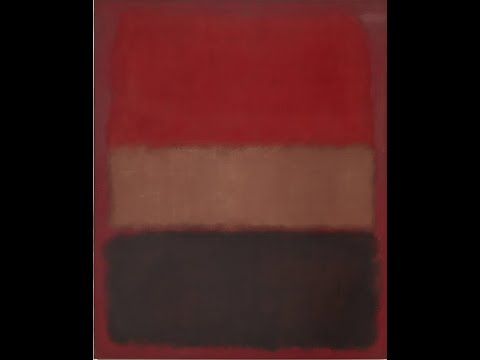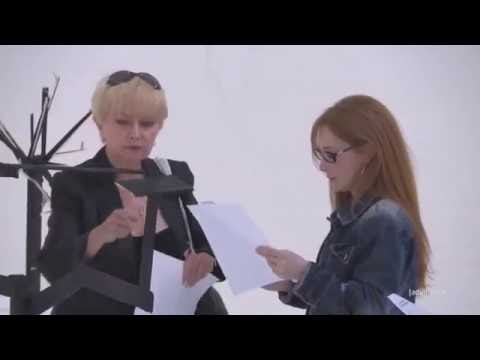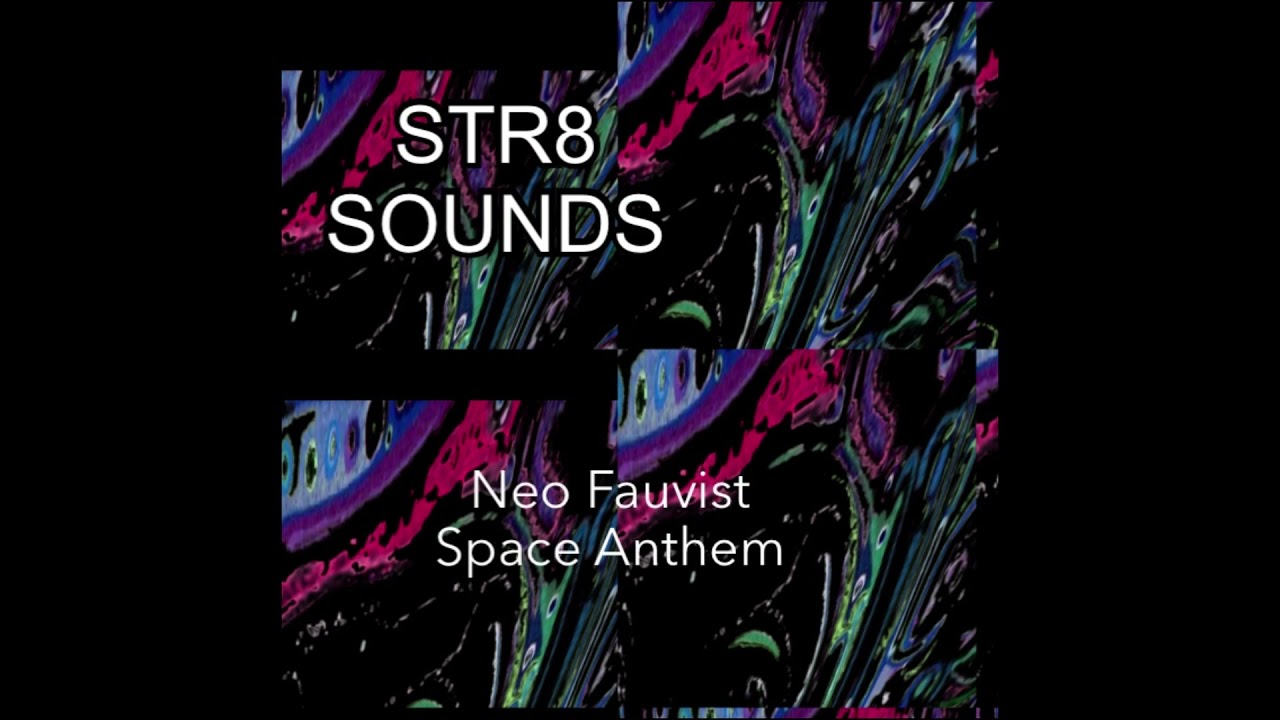art scope
Mark Rothko was born Marcus Rothkowitz on September 25, 1903, in Dvinsk, Russia. In 1913 his family left Russia and settled in Portland, Oregon. Rothko attended Yale University, New Haven, on a scholarship from 1921 to 1923. He left Yale prematurely and moved to New York. In 1925 he studied under Max Weber at the Art Students League. He participated in his first group exhibition at the Opportunity Galleries, New York, in 1928. During the early 1930s Rothko became a close friend of Milton Avery and Adolph Gottlieb. His first solo show took place at the Portland Art Museum, Oregon, in 1933.
Rothko’s first solo exhibition in New York was held at the Contemporary Arts Gallery in 1933. In 1935, together with William Baziotes, Gottlieb, and others, Rothko founded the Ten, a group of artists sympathetic to abstraction and expressionism that exhibited until 1940. He executed easel paintings for the Works Progress Administration Federal Art Project from 1936 to 1937. By 1936 Rothko knew Barnett Newman. In the early 1940s he worked closely with Gottlieb, developing a painting style with mythological content, simple flat shapes, and imagery inspired by so-called primitive art. By mid-decade his work incorporated Surrealist techniques and images. Peggy Guggenheim gave Rothko a solo show at Art of This Century, New York, in 194
Source



